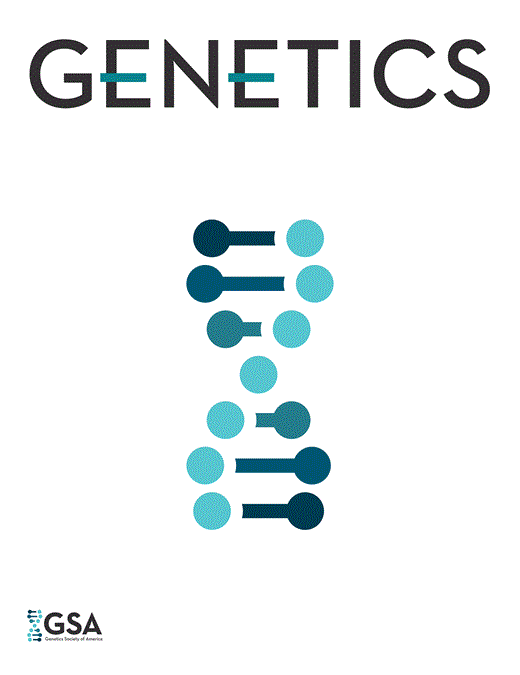-
PDF
- Split View
-
Views
-
Cite
Cite
Ryohei Terauchi, Tom Terachi, Naohiko T Miyashita, DNA Polymorphism at the Pgi Locus of a Wild Yam, Dioscorea tokoro, Genetics, Volume 147, Issue 4, 1 December 1997, Pages 1899–1914, https://doi.org/10.1093/genetics/147.4.1899
Close - Share Icon Share
Abstract
To study the origin and maintenance mechanisms of the PGI allozyme polymorphism of a wild plant, Dioscorea tokoro, DNA sequences of the entire coding region (1701 bp) and two intronic regions (total 2049 bp) of the Pgi gene as well as a part of the Adh gene (590 bp) were analyzed. Two replacement substitutions were revealed to be responsible for the differentiation of three allozymes alleles (Pgi-a, Pgi-b and Pgi-c) that occur in natural population in intermediate frequencies. Interspecific comparison of DNA sequences identified Pgi-6 as the oldest allele, from which two other alleles were derived probably within the last 150,000 years. The level of DNA polymorphism at D. tokoro Pgi locus was low. No elevated level of DNA polymorphism was detected in the close vicinity of the two replacement sites differentiating the three allozymes. Departures from the neutral mutation hypothesis were detected by Fu and Li's and MK tests. The observed patterns of DNA polymorphism are explainable by both (1) the neutral mutation hypothesis with an assumption of small effective size of D. tokoro population, and (2) the positive selection hypothesis that the allele frequencies of Pgi-a and Pgi-c have increased in a short time by their selective advantages.
Communicating editor: G. B. Golding



